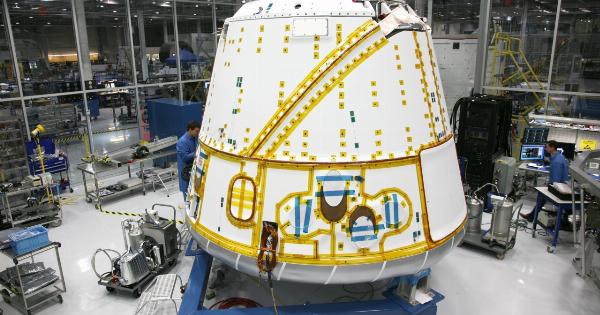In 2018, Dr. He Jiankui, a Chinese scientist announced the birth of twin girls, Lulu and Nana. What made this revelation significant was that he claimed to have genetically modified their DNA to make them resistant to HIV infection.
The news sent shockwaves throughout the scientific community, with many experts condemning Dr. He for violating ethical boundaries and putting the twins’ health at risk.
What is Gene Editing?
Gene editing is a process that involves making precise changes to an organism’s DNA sequence. It involves the use of a protein called Cas9, which works like a pair of molecular scissors to cut the DNA at a specific location.
Once the DNA is cut, scientists can then replace or delete the genetic material as desired. In theory, gene editing has the potential to cure genetic diseases and even eradicate certain illnesses from the population.
The CRISPR-Cas9 Controversy
The gene editing tool that Dr. He used is called CRISPR-Cas9. It has been hailed as a revolutionary breakthrough in modern science, with the potential to usher in a new era of medicine.
However, it has also been the subject of controversy, with many experts warning about the potential risks of tinkering with the human genome.
One of the main concerns with CRISPR-Cas9 is the possibility of off-target effects. This refers to the unintended consequences of making changes to the DNA.
If the cut is made at the wrong location, it could cause unpredictable mutations that may lead to serious health problems. There is also the possibility of introducing new diseases, or interfering with existing genetic processes.
The Case of the Chinese Twins
Dr. He’s announcement made headlines around the world, but the scientific community was quick to criticize his actions.
He was accused of conducting the experiment without proper consent from the parents and violating international guidelines on gene editing. He was arrested soon after the announcement and charged with violating the country’s laws and regulations.
While the twins were reported to be in good health, many experts raised concerns about the long-term effects of the gene modifications.
It is unknown what the implications might be for future generations, or how the changes might impact the twins’ immune system and overall health.
The Ethics of Gene Editing
The CRISPR-Cas9 controversy has reignited the debate about the ethics of gene editing.
While many people agree that gene editing could have tremendous benefits, there is also a recognition that it comes with significant risks and requires careful consideration. There are concerns about the social and economic impacts of gene editing, as well as the potential for misuse or abuse of the technology.
The International Summit on Human Gene Editing, held in 2015, set forth a series of guidelines for the responsible use of gene editing technology.
The guidelines stipulate that gene editing should not be done for purposes other than curing or preventing serious disease, and that it should be subject to independent oversight and transparent communication with the public.
The Future of Gene Editing
The future of gene editing is uncertain, but it is clear that it has immense potential to revolutionize healthcare and medicine.
In addition to curing genetic diseases, gene editing could be used to enhance human traits, such as intelligence or athletic ability. However, it must be done responsibly, with careful consideration of the potential risks and consequences.
Scientists and policymakers must work together to establish clear guidelines and regulations for the use of gene editing technology.
There must be transparency and accountability in the research process, and careful consideration of the social and ethical implications of gene editing.
Conclusion
The case of the Chinese twins has brought the issue of gene editing to the forefront of public discourse. While gene editing holds tremendous promise for the future of medicine, it must be done responsibly and with great care.
There are significant ethical and social implications that must be weighed against the potential benefits. The scientific community must work together to establish clear guidelines and regulations that protect the safety and well-being of all people.



























